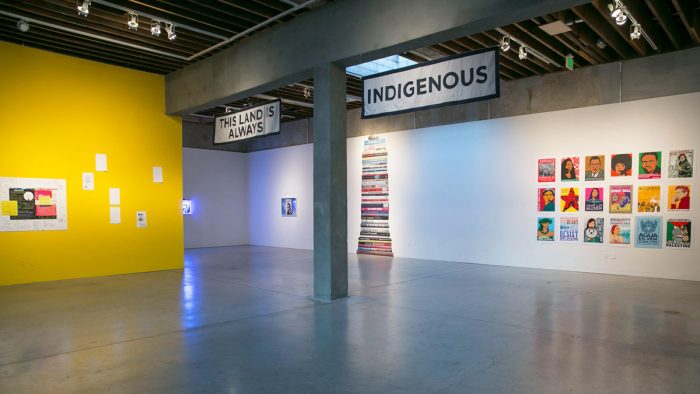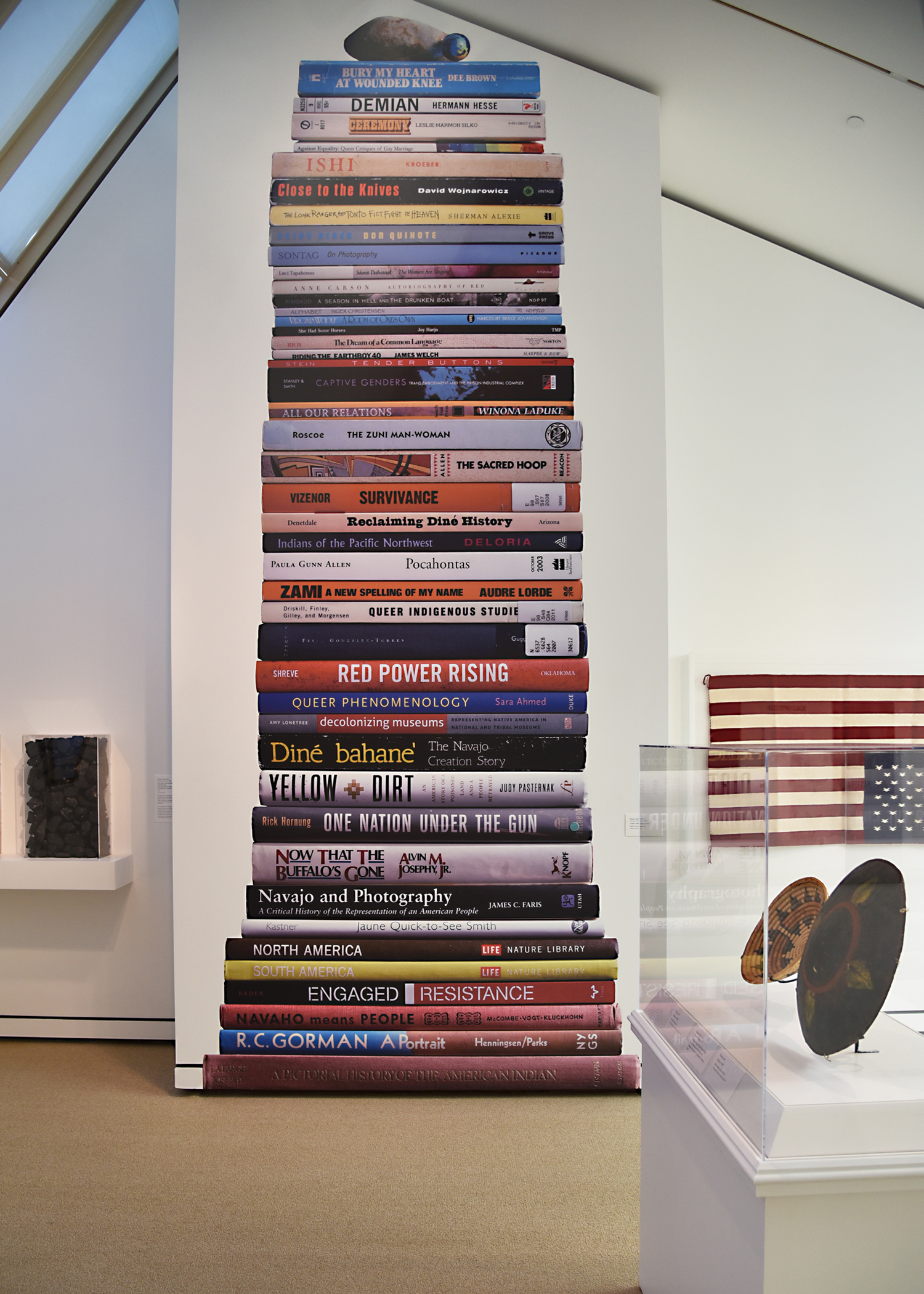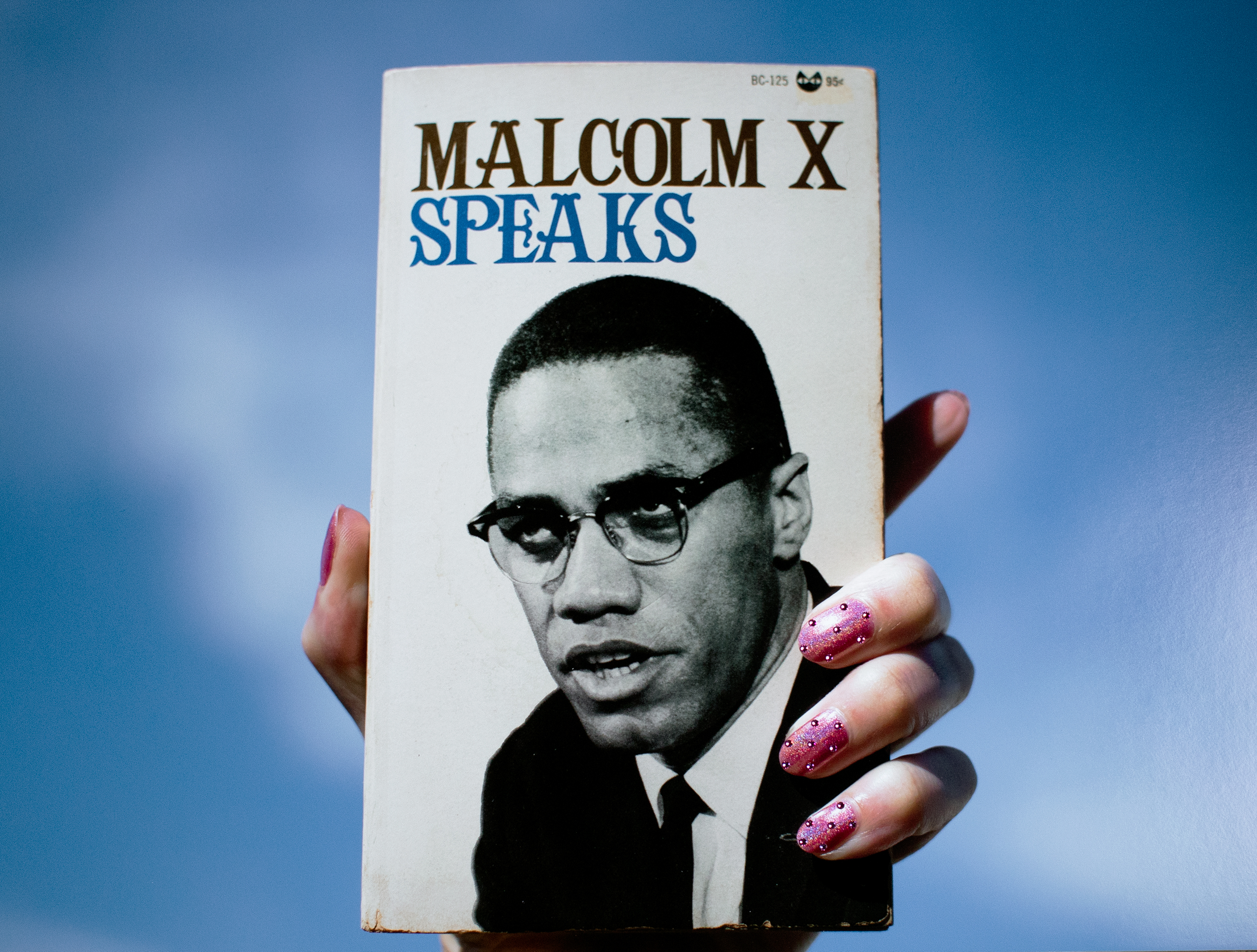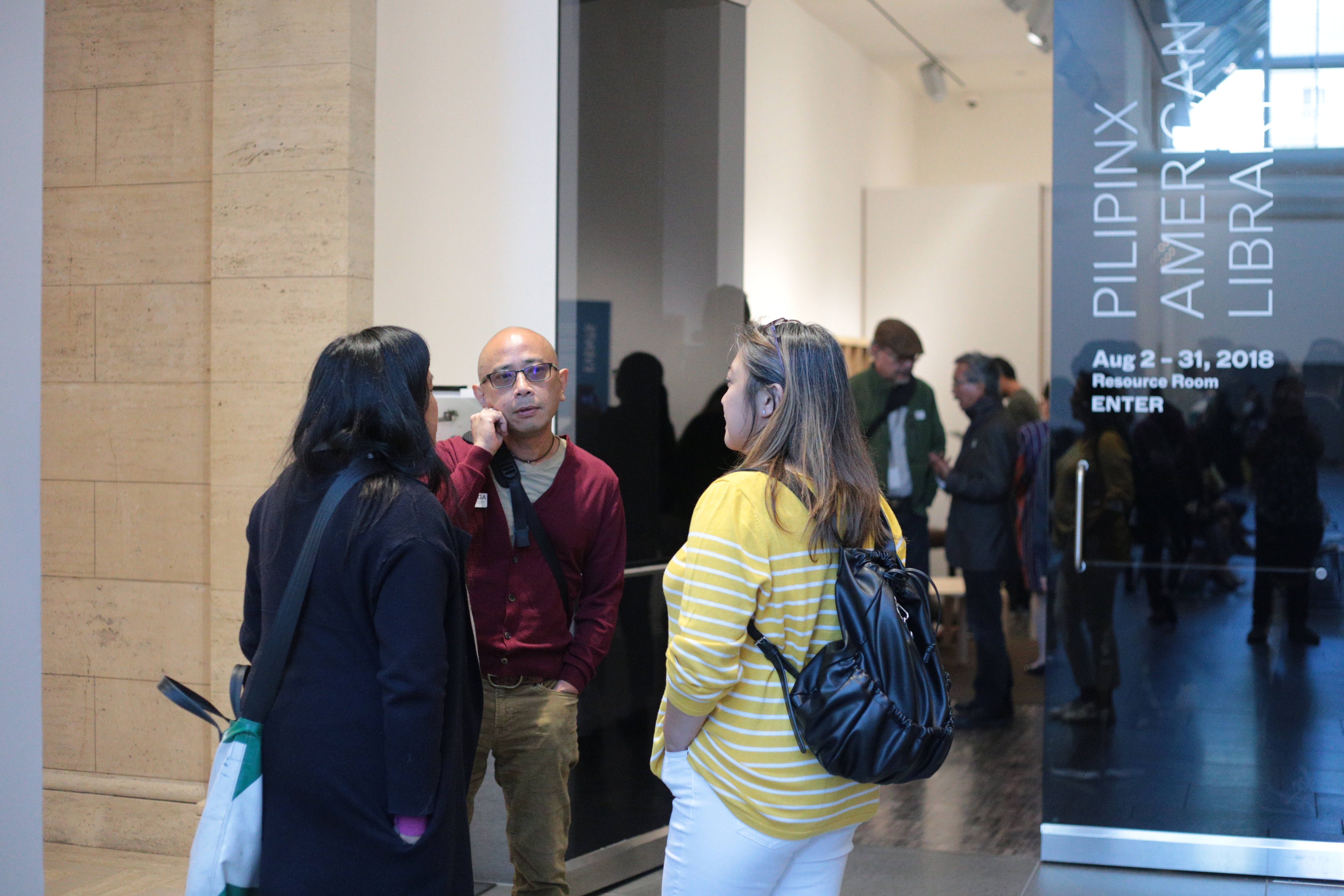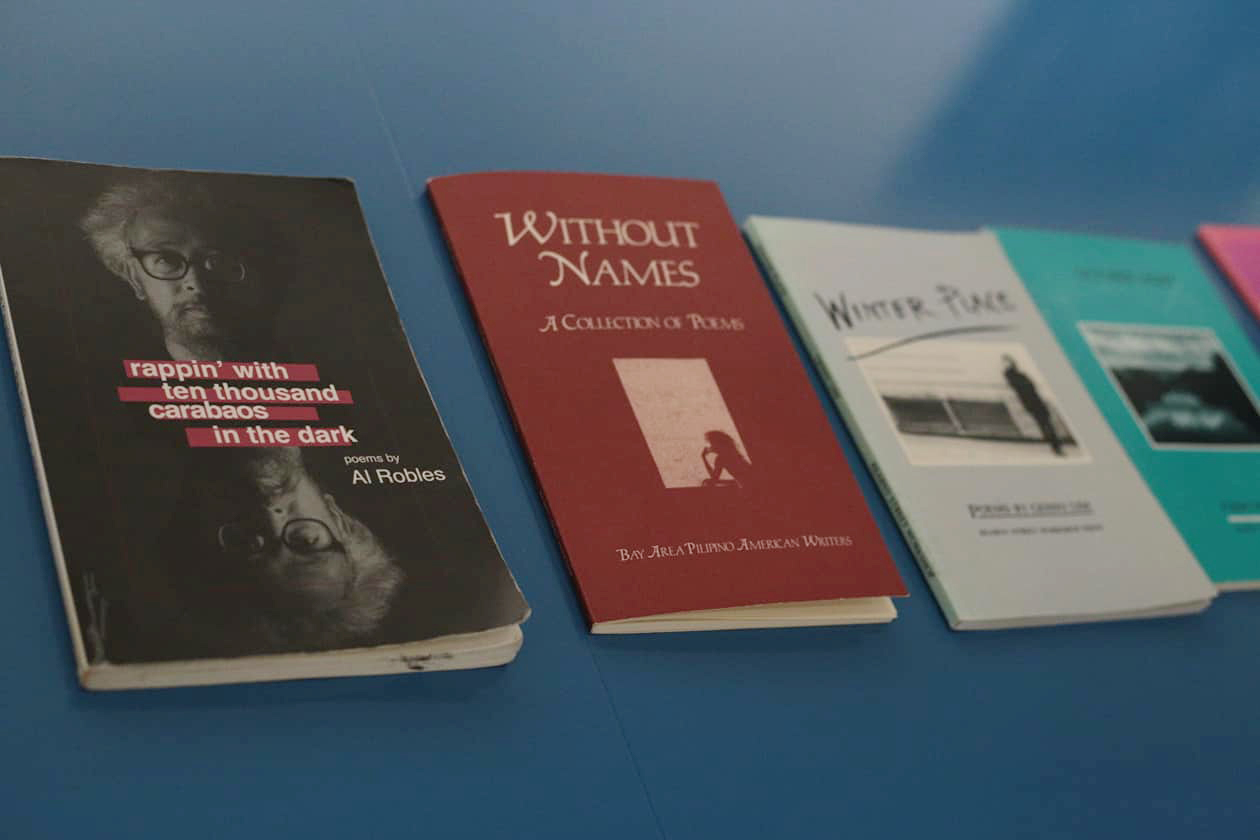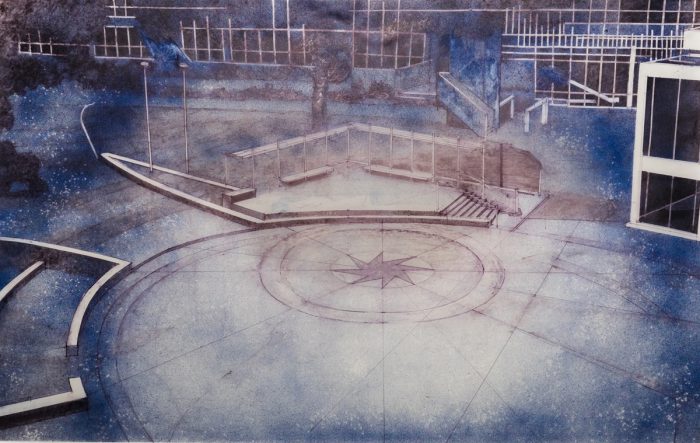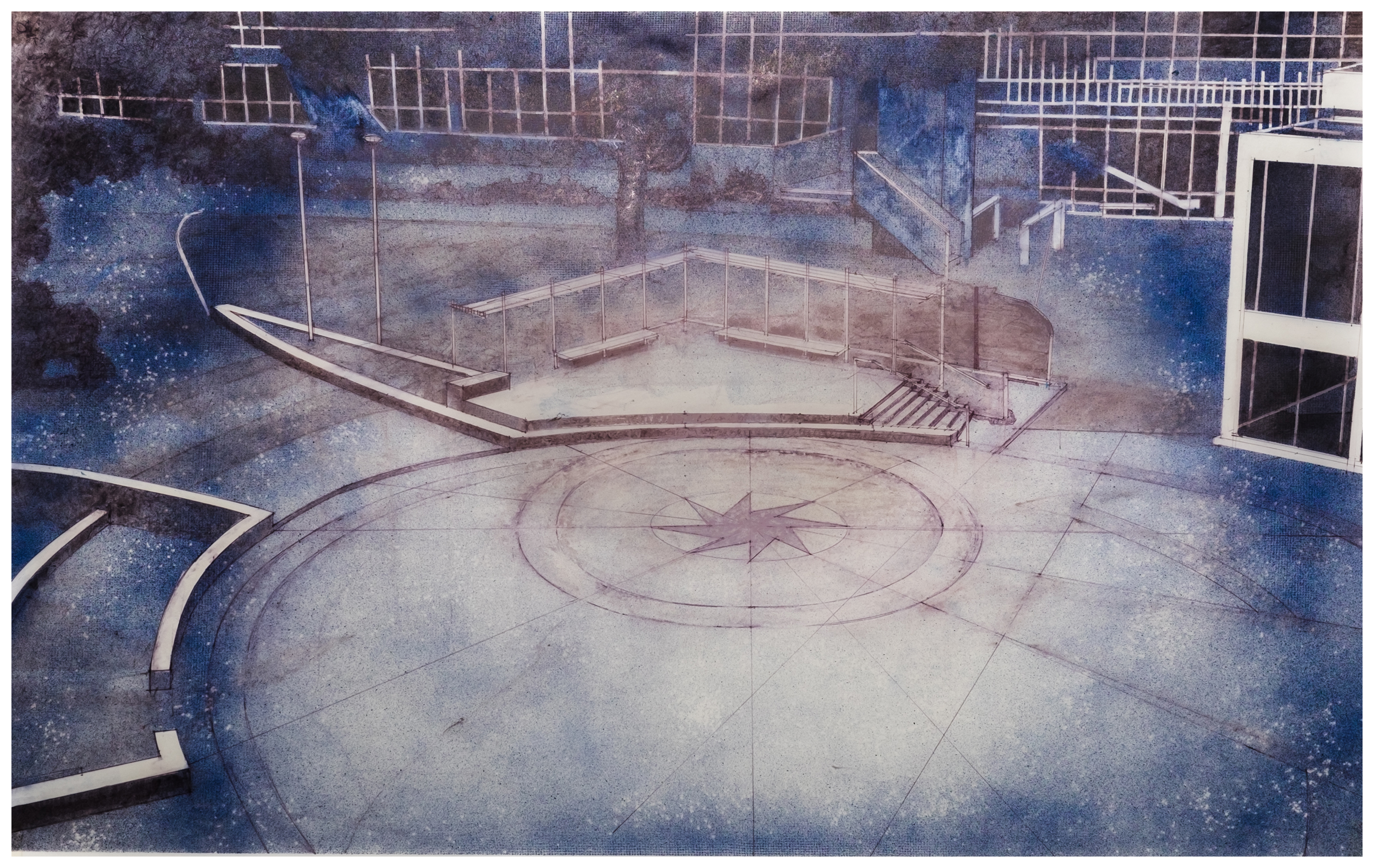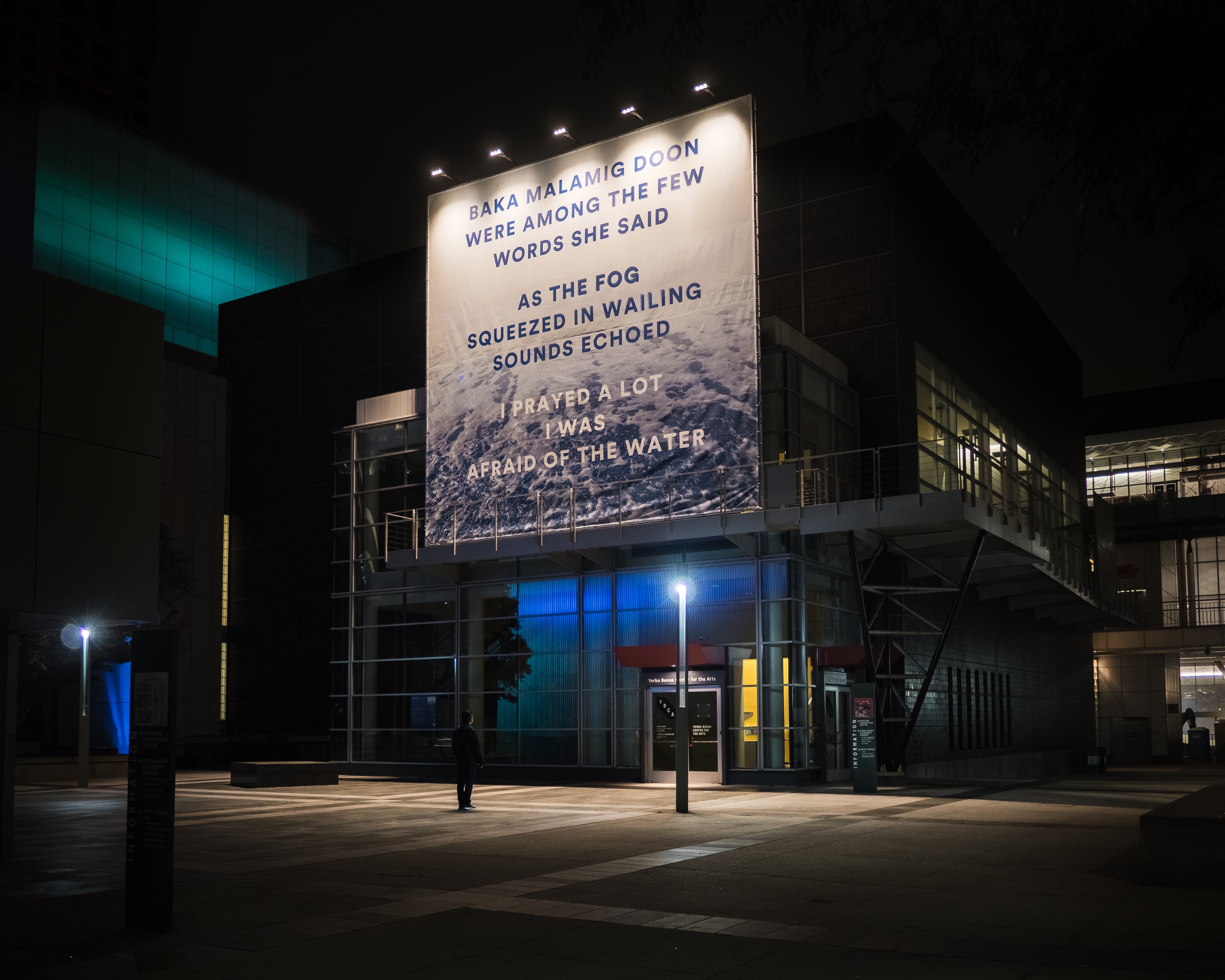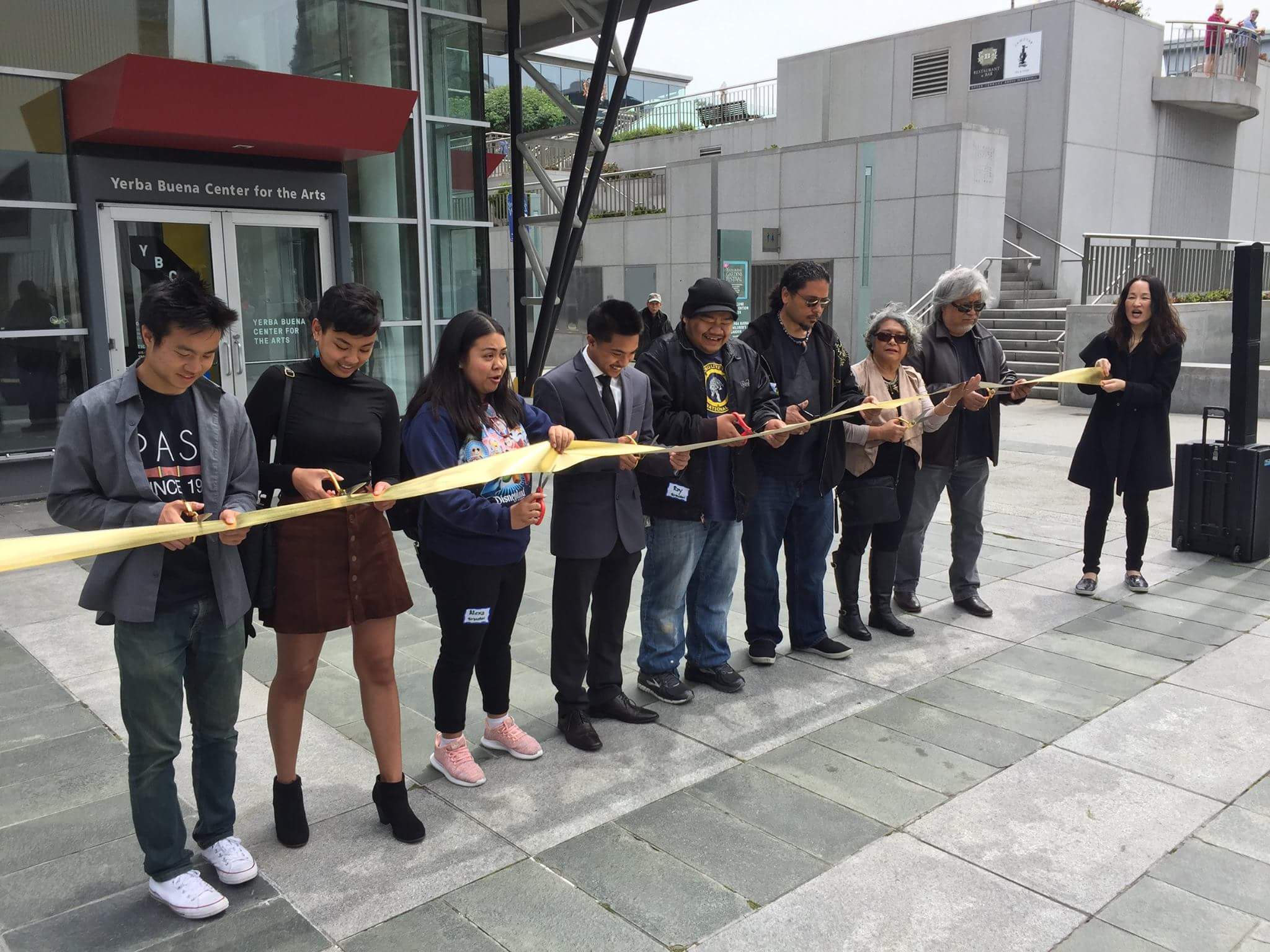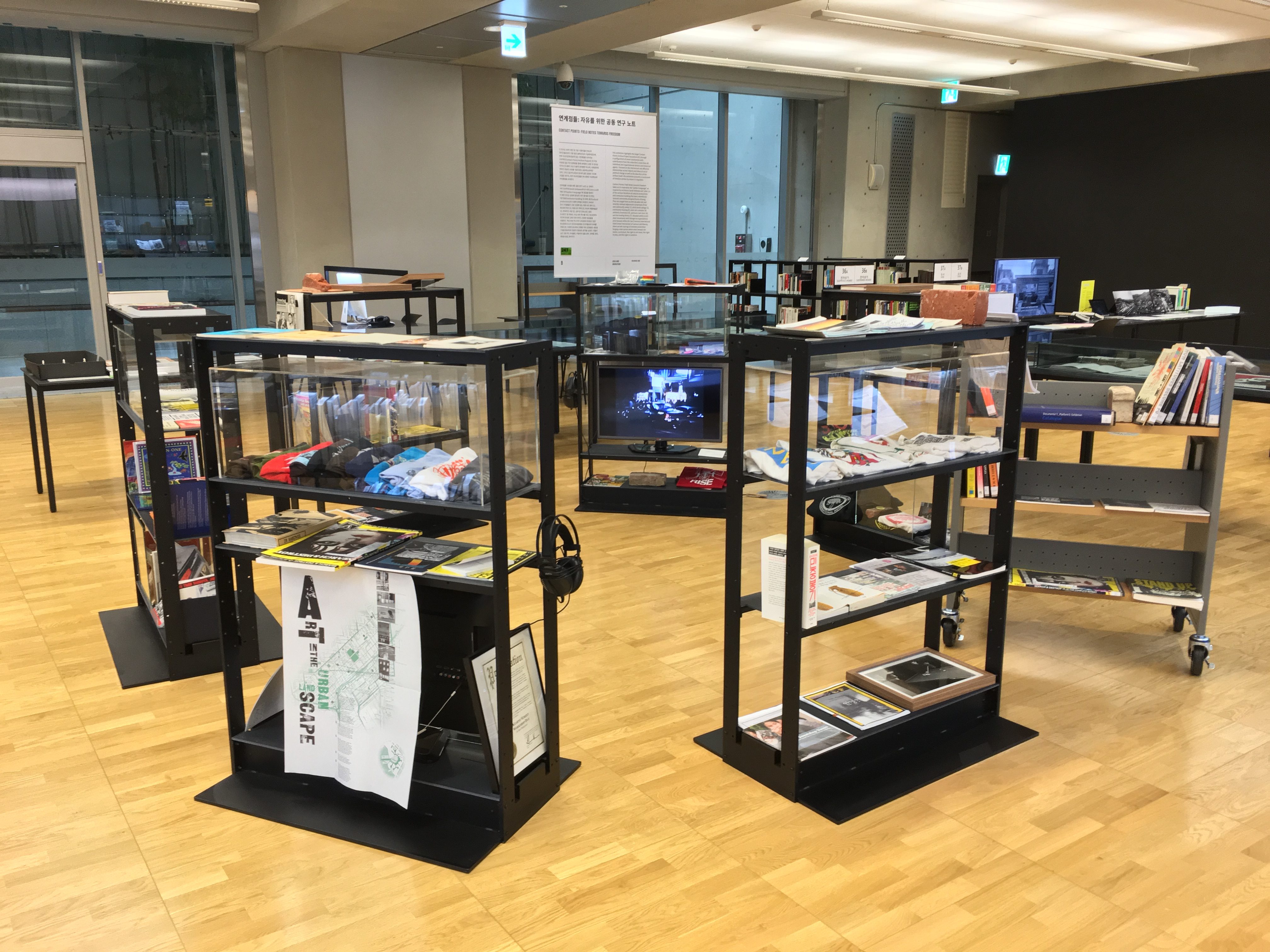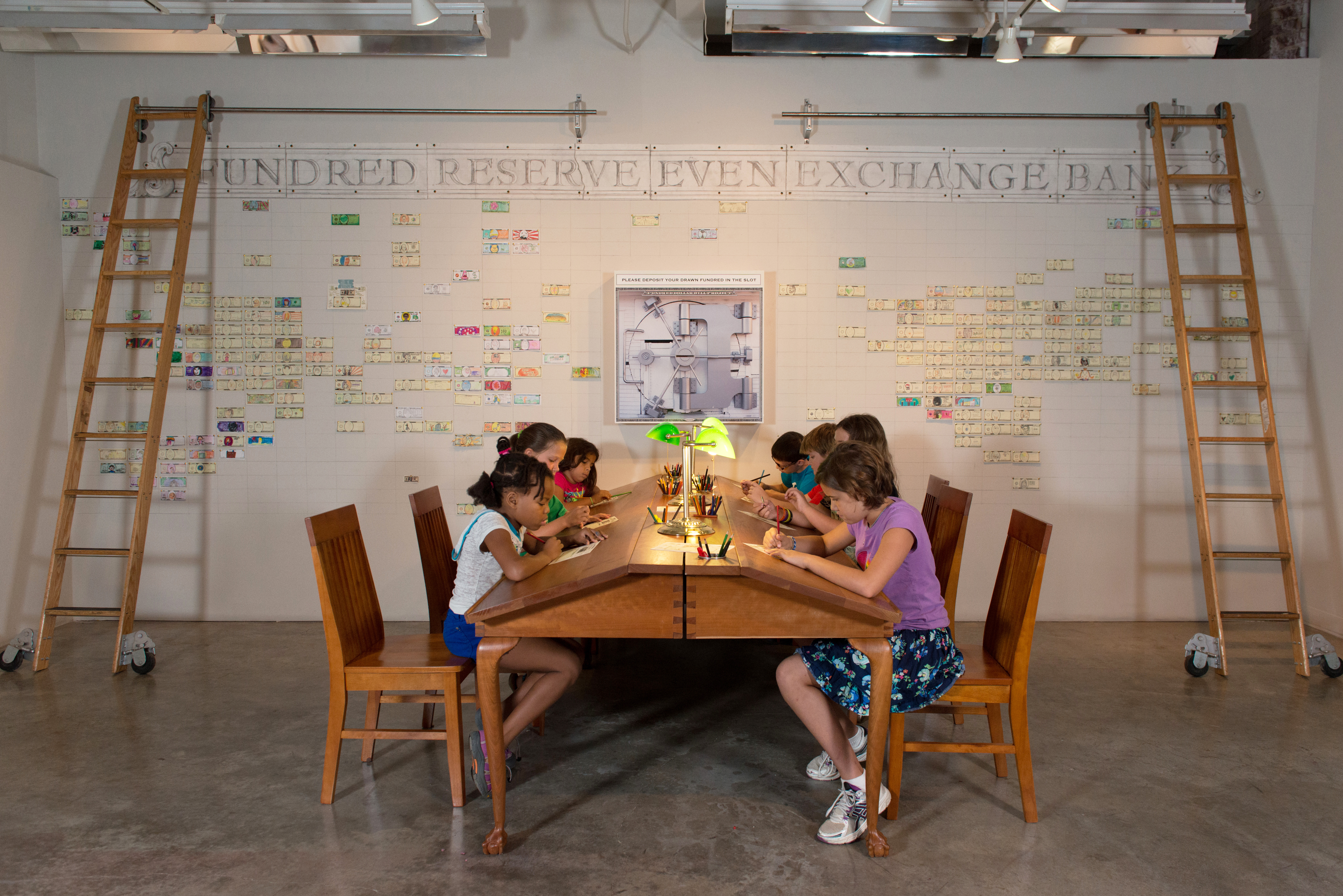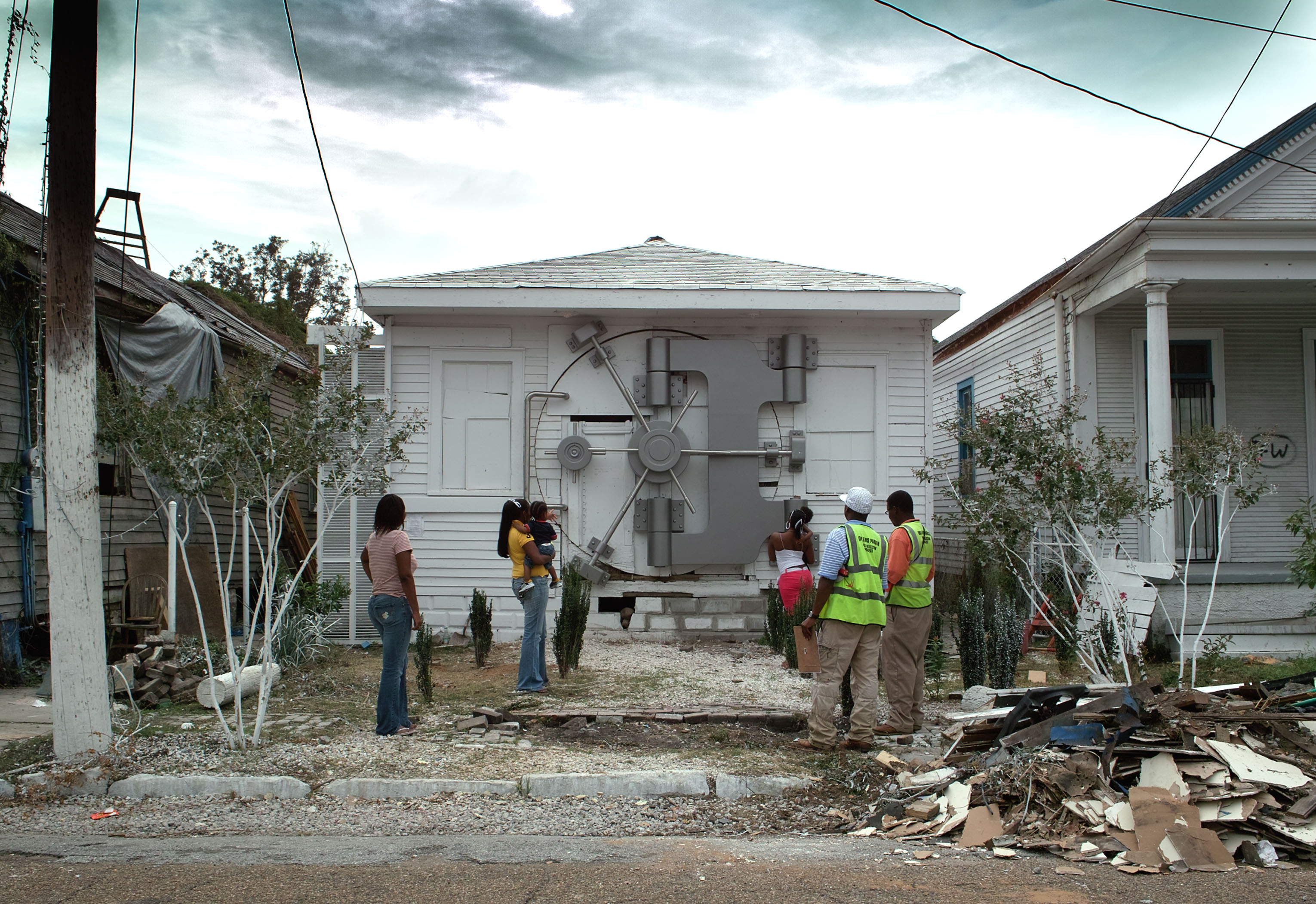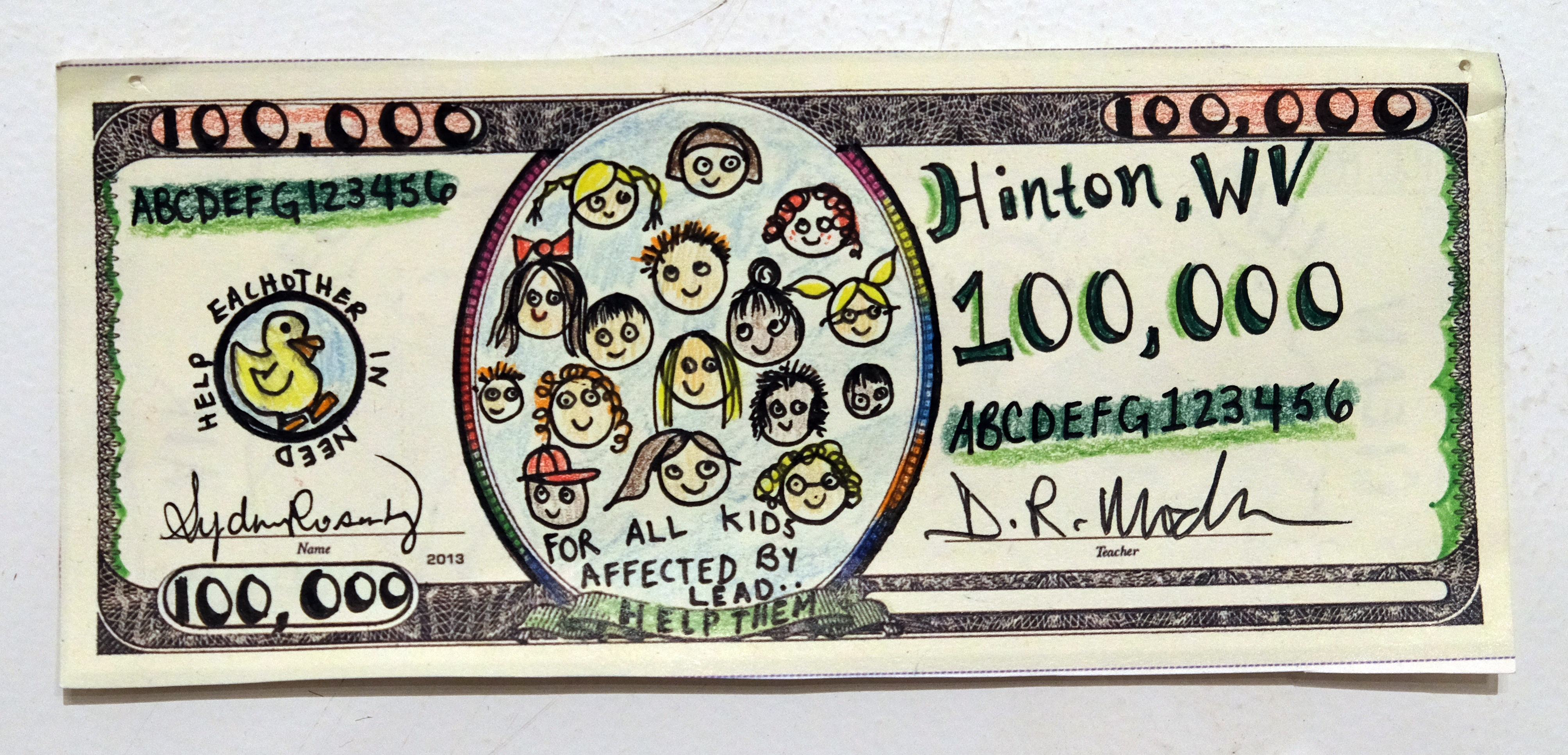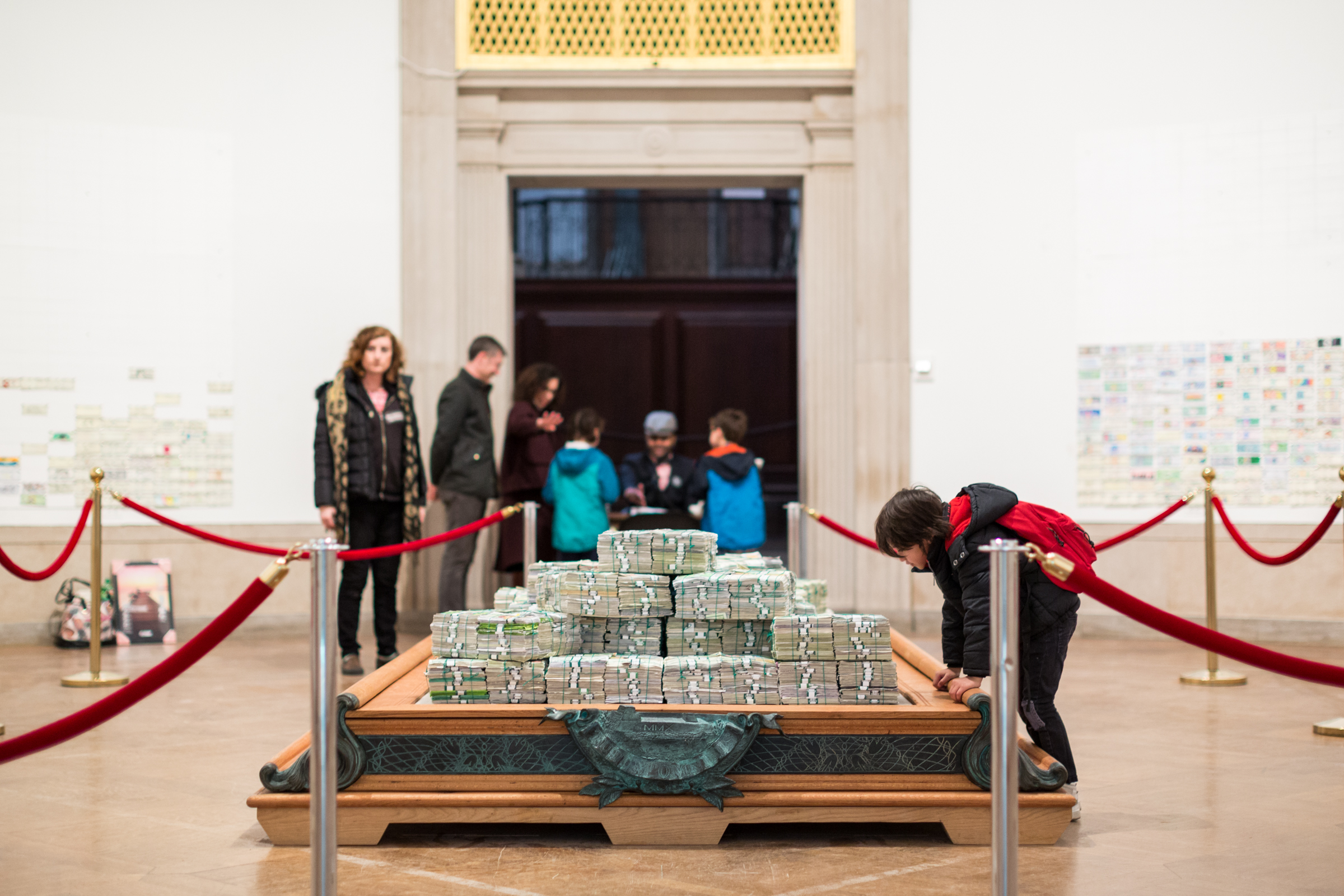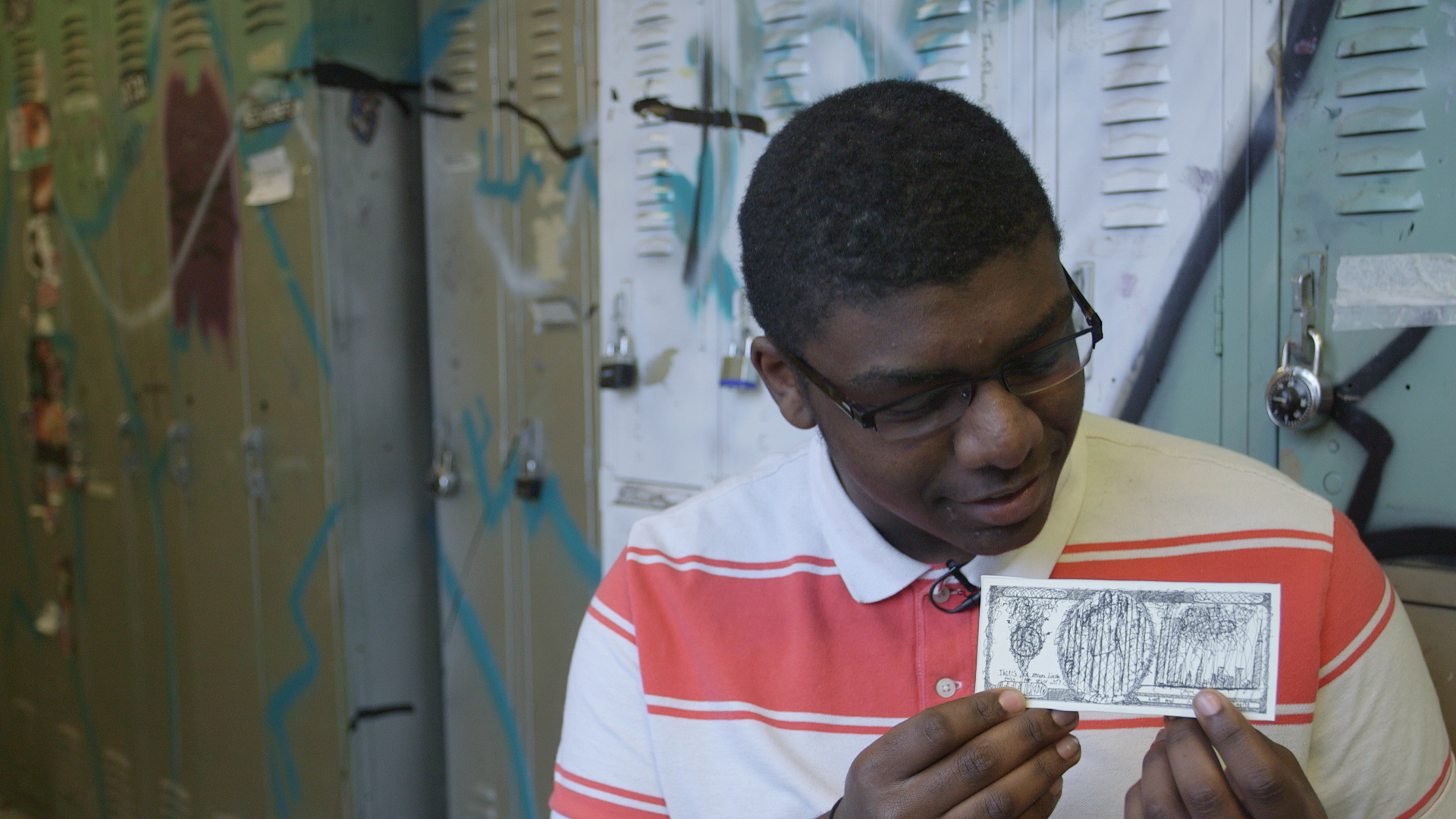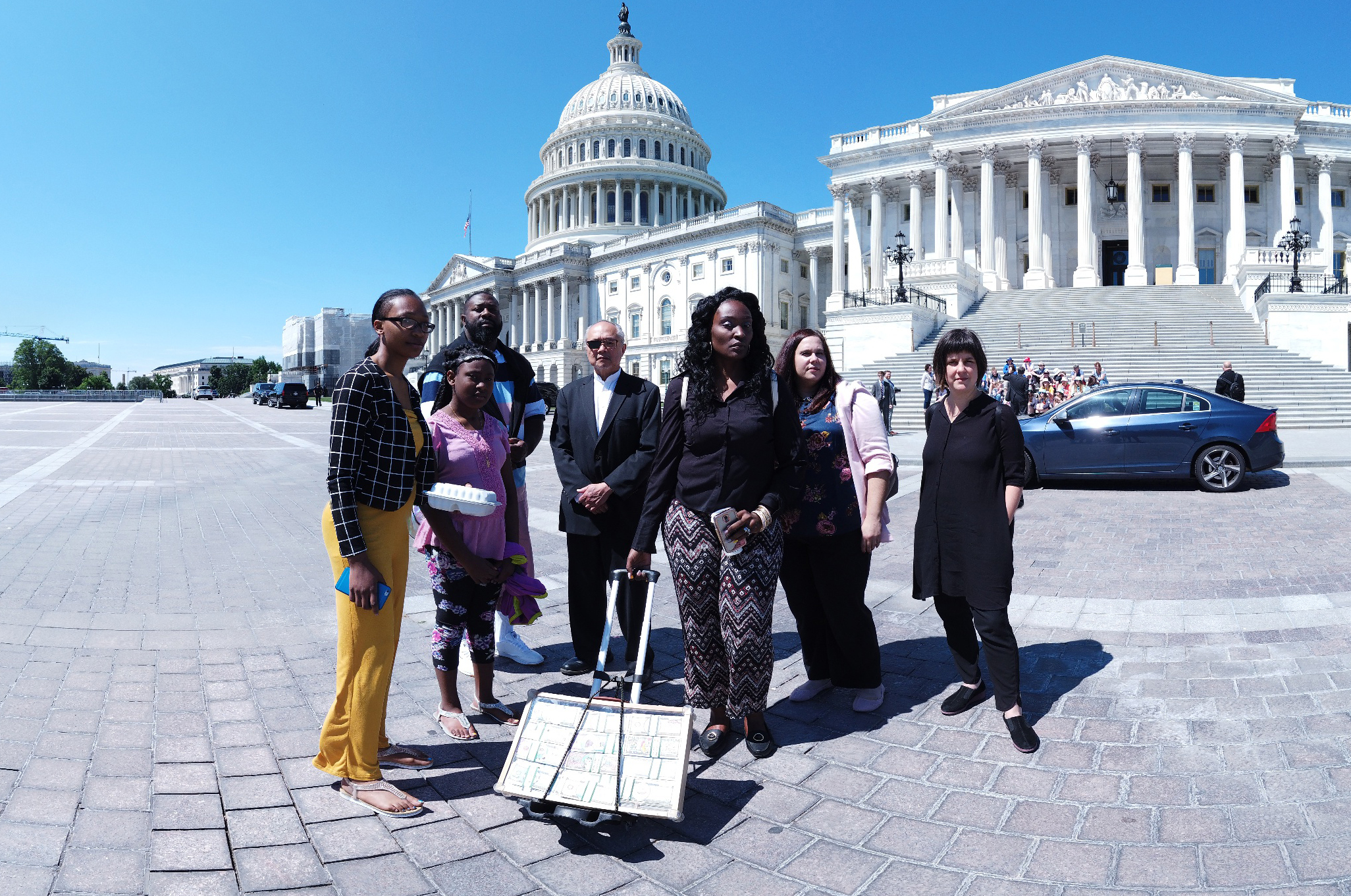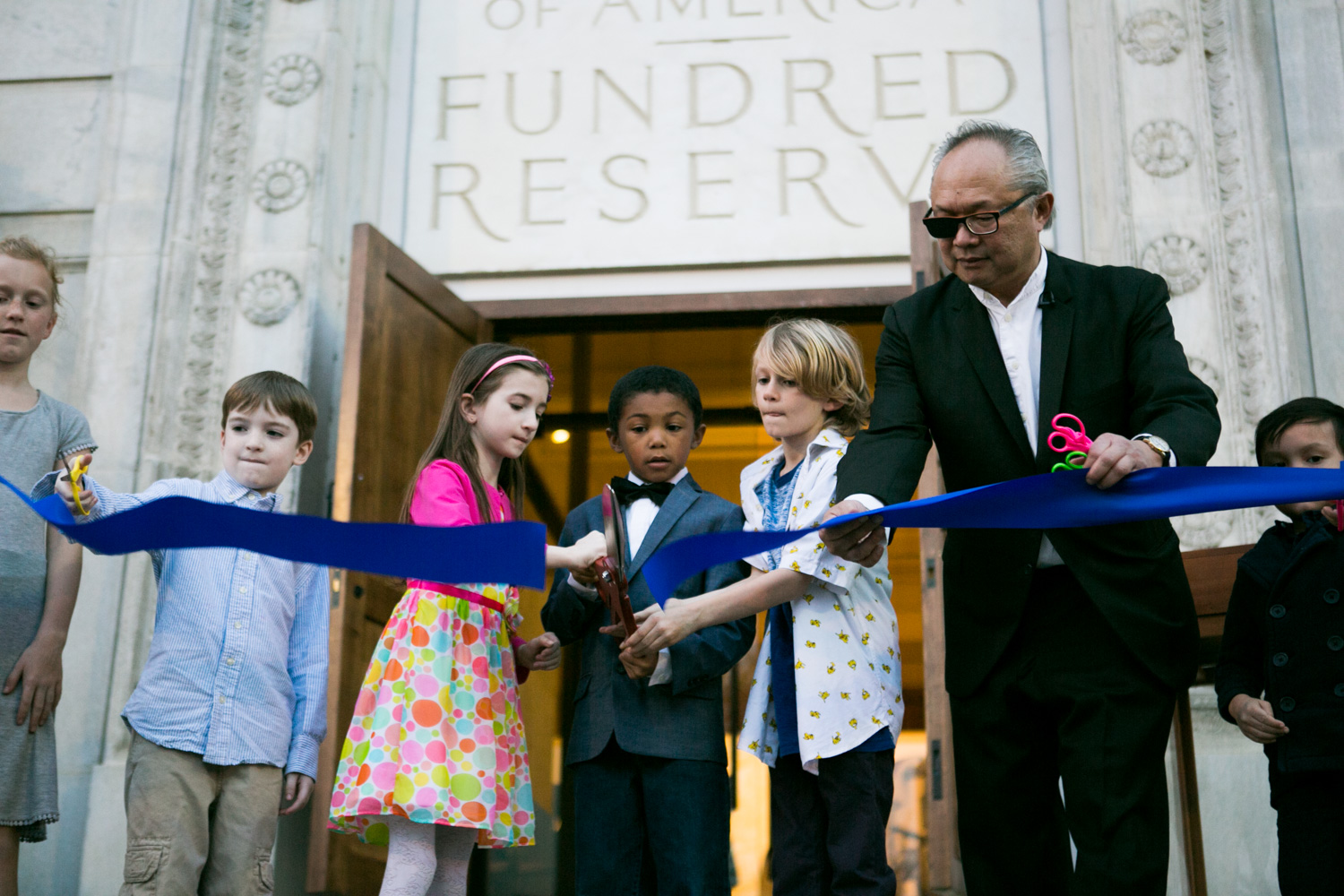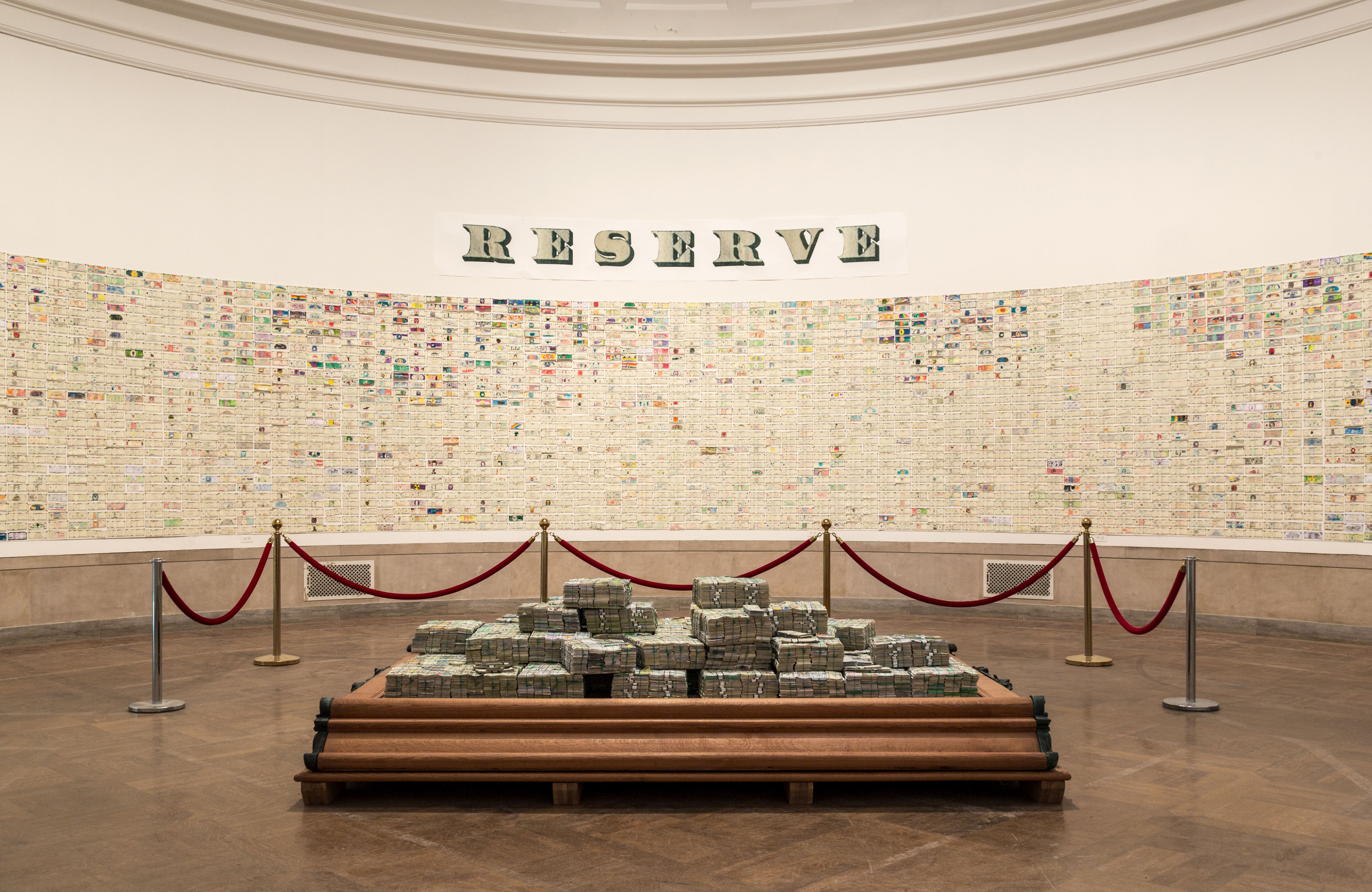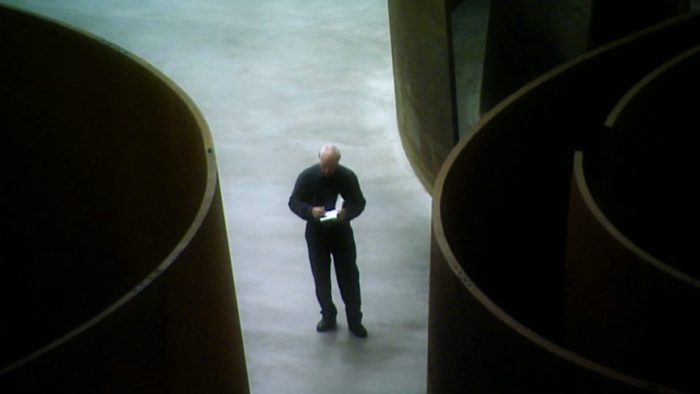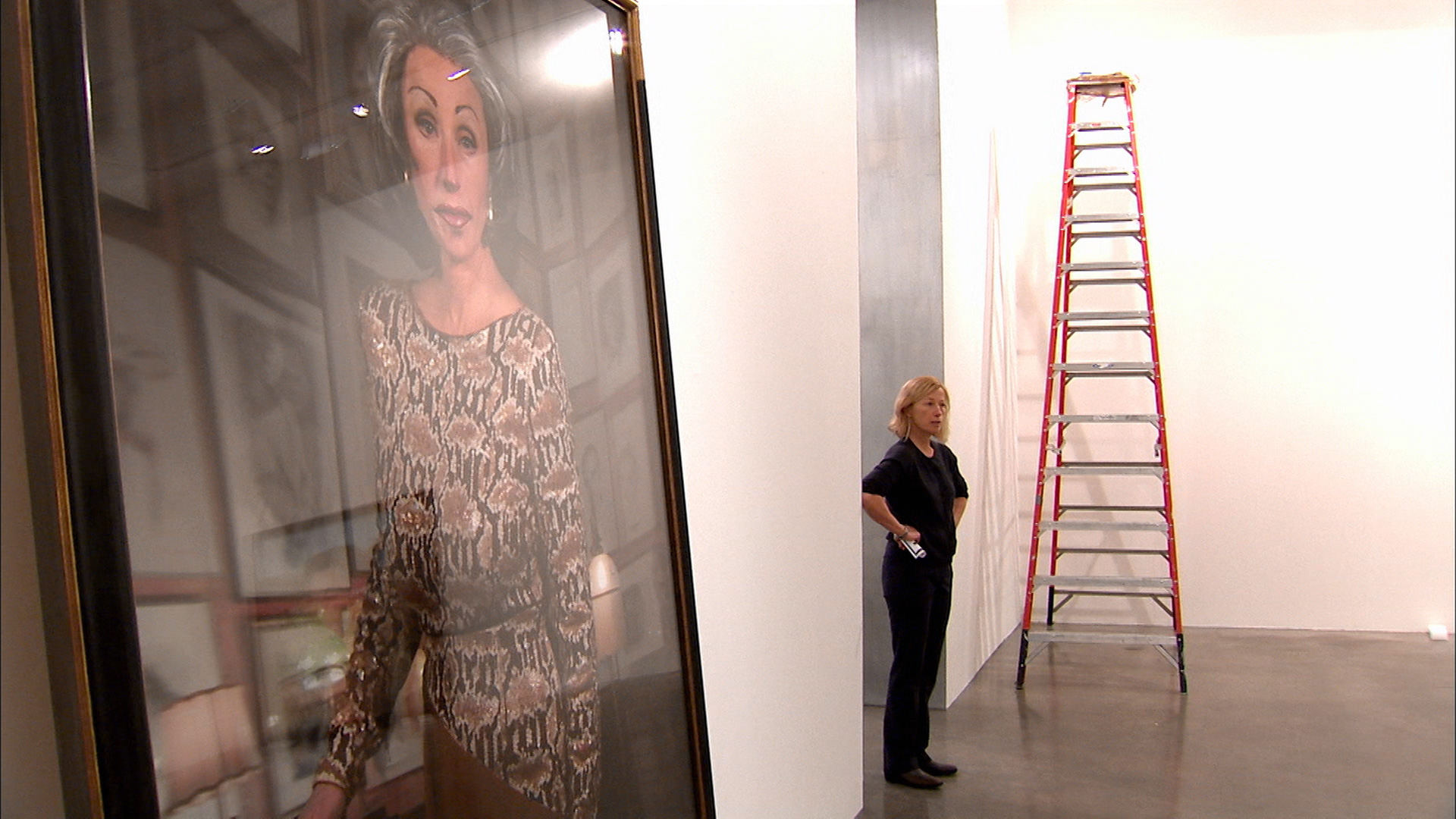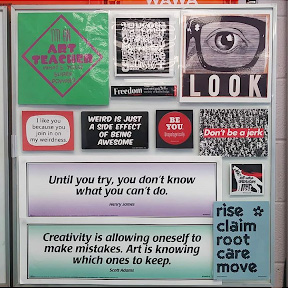Sensational thefts, unsolved puzzles, unusual destinations for a trip or for a simple stroll around the city: at the end of the Christmas holidays, art returns to TV to make everyday life more beautiful and interesting. The first appointment is Monday 9 January with Art Rider, broadcast on Rai 5 at 19.15, when the traveling archaeologist Andrea Angelucci will lead viewers to discover Rome seen from a very special perspective. The history of the Eternal City is full of women with strong personalities who have left their mark in the most diverse fields, starting with art. Their traces are still hidden on the streets of Rome, ready to speak to the most attentive observers. Art Rider will reveal their stories to us, along with surprising corners of a city that he never ceases to amaze.
On Tuesday 10, however, a new episode of the Sky series will premiere on TV Art Crimes will investigate the sensational theft of theScream by Munch in Oslo, during the ’94 Olympics. For those who missed them, two more episodes will be available this week: Wednesday at 3.30 pm we will fly to Nice, to find out all the details of the incredible undercover operation which in 2007 made it possible to recover two Bruegel stolen with a perfect theft, while Sunday 15th it’s up to Caravaggio and to the mystery of Nativity stolen from the Oratory of San Lorenzo in Palermo in 1969 and never found again.
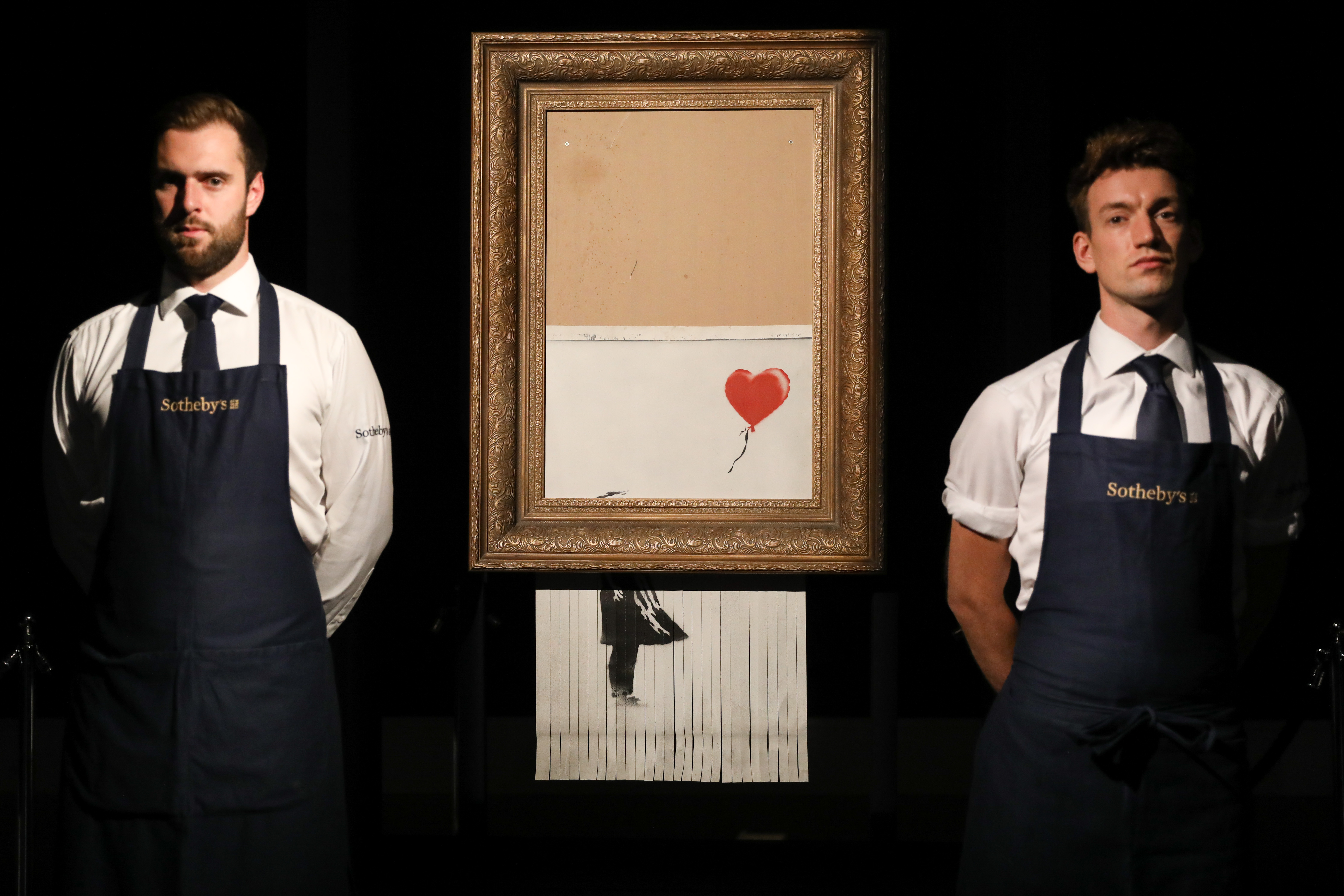
BANKSY – The Art of Rebellion I Getty Images | Courtesy of Adler Entertainment
Also on Wednesday, Sky Arte returns Banksy – The Art of Rebellionthe film that tried to shed light on the most enigmatic character of the contemporary art scene: through rare archival images and the testimonies of people very close to the Bristol street artist, we will reconstruct his story from top to bottom.
The week continues on the Sky channel dedicated to art with Burning Man – The festival in the desert: sand, fire and art are the ingredients of an extraordinary event, which takes place every year in Nevada (Thursday 12 at 21.15). Over the weekend, two documentaries await Leonardo da Vinci enthusiasts: Friday The mysteries of the Mona Lisa will tell the latest theories on an always elusive and intriguing masterpiece (3.35pm, with a repeat on Saturday at 12.15pm), while on Sunday it’s the turn of the controversial Salvador Mundithe most expensive work of art ever to be auctioned, around which doubts and controversies have never subsided (16.00).

Andrea Mantegna, Adoration of the Magi, circa 1497-1500. From the documentary “Hidden Renaissance. African presences in art”. this week on Sky Arte HD
The atmosphere of Africa will warm up the evening: it begins with The hidden Renaissance – African presences in artto discover a hitherto little-studied aspect of the great painting of the 15th and 16th centuries (22.45), to end on a high note with African Pop Culturean exploration of the crucial contribution black culture has made to contemporary creativity (00.25).







